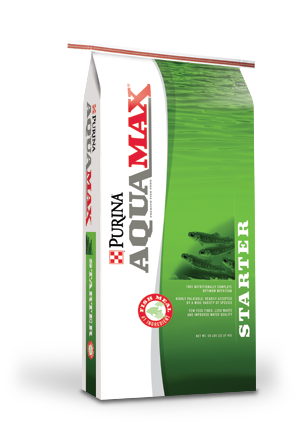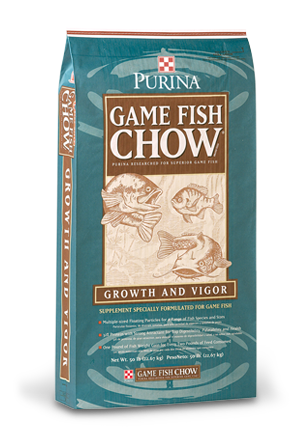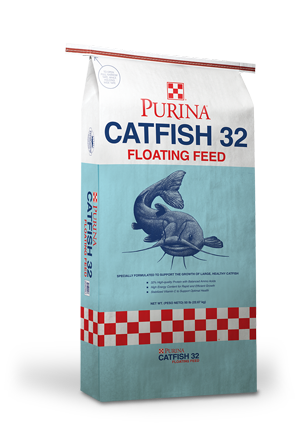
Pond Stocking Considerations
Management : Pond Management

Once you have a properly functioning pond, it is time to consider the kinds of fish to stock.
Considerations include how many fish and what size, along with when and how to stock. The goal should be to stock the pond with the proper ratio of desirable fish. In addition, make sure that the food supply is proportional to the population, and make sure you are able to manage the size and growth of the fish through active fishing and harvesting.
Considerations include how many fish and what size, along with when and how to stock. The goal should be to stock the pond with the proper ratio of desirable fish. In addition, make sure that the food supply is proportional to the population, and make sure you are able to manage the size and growth of the fish through active fishing and harvesting.
Common pond stocking species include:
- FATHEAD MINNOWS – a 3” forage fish readily consumed by predatory species. Native to the eastern U.S., now widely found in the western U.S., too.
- GOLDEN SHINERS – another forage fish, 10” maximum, native from Canada to Florida in the eastern U.S., now also widely stocked in the western U.S.
- BLUEGILLS – a forage and sport fish, to 12”, the primary prey of largemouth bass, and prolific spawners. Found nationwide, including Hawaii.
- REDEAR SUNFISH – a forage and sport fish, to 12”. Preferred diet is crustaceans, snails, and other shelled animals; does not readily accept pelleted food. Most common in southeastern U.S. ponds.
- CHANNEL CATFISH – a sport and food fish, spawns are forage for bass. Omnivorous and accepts pelleted feed readily; can grow to 20 lbs or more. Prefers water in the 80° F range, but is found throughout the U.S.
- BLUE CATFISH – A large (up to 100 lbs.) sport and food fish, found primarily in southern U.S. Readily takes pelleted feed. Disadvantage in ponds – consumes any other species of fish, including largemouth bass.
- LARGEMOUTH BASS – primarily a sport fish, over 25” and 10 lbs. Ravenous predatory feeder, will eat anything that fits in its mouth. Found throughout the U.S.
- RAINBOW TROUT – a sport fish, may exceed 15 lbs. Water must not exceed 70° F and contain 6 ppm D.O. Many ponds are suitable only in winter; other suitable ponds are found throughout the U.S. Consult your DNR or a professional pond manager before stocking.
- GRASS CARP OR WHITE AMUR – good for weed control and possibly food. May eat its weight in aquatic plants each day, reaching 50 lbs or more in just a few years. Its environmental impact is tremendous; illegal or tightly regulated in many areas; consult DNR before stocking.
Fish species not recommended for recreational ponds
For a variety of reasons – ranging from their size (too small or too large), a tendency to overpopulate, too the need for intensive management – the following fish are not recommended for recreational ponds. They should be stocked only in ponds with specific purposes or those under the care of a professional fisheries biologist.| Yellow Perch Walleye Pike Hybrid Striped Bass Miscellaneous Sunfish Species |
Flathead Catfish Crappie Shad Carp |
Where to obtain fish for pond stocking
Some states will provide fish for stocking private ponds. Call your local DNR to find out if your state is one that does. Otherwise, your DNR or your local pond management consultant can recommend reputable fish suppliers in your area.
After you have successfully stocked your pond, continuous pond management and maintenance can ensure a healthy environment for your fish to thrive.
After you have successfully stocked your pond, continuous pond management and maintenance can ensure a healthy environment for your fish to thrive.




